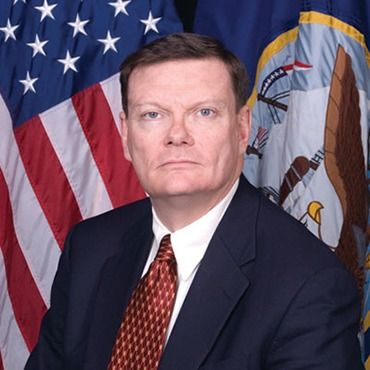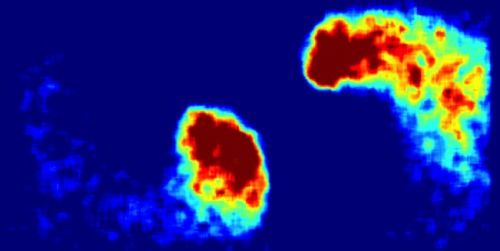Jul 2, 2016
Treating psychiatric disorders through neuron stimulation
Posted by Karen Hurst in categories: biotech/medical, neuroscience
But those don’t address the electrical circuitry at work in the brain, which scientists hope will provide a more precise option for treatment.
“We’ve focused a lot on the chemical side, because in the mid-20th century, we began to develop the first medications that affected neurotransmitters,” said Dr. Darin Dougherty, director of the division of neurotherapeutics and the department of psychiatry at Massachusetts General Hospital. “The other side, the electrical, that’s been less exploited as a treatment potential.”
Dougherty and others are working to change that. With funding from the Defense Advanced Research Projects Agency, or DARPA, scientists are working to build new ways to treat psychiatric disorders, like PTSD, through deeper understandings of the electrical signals in our brains.
Continue reading “Treating psychiatric disorders through neuron stimulation” »


















